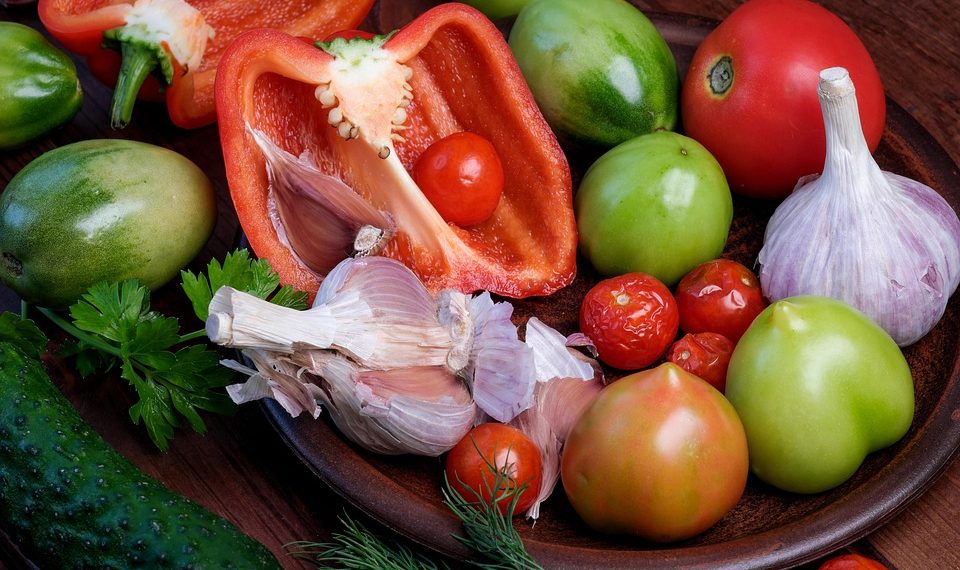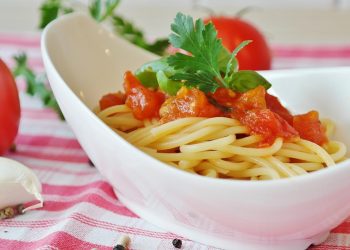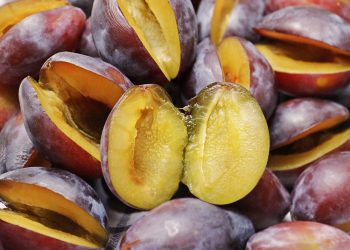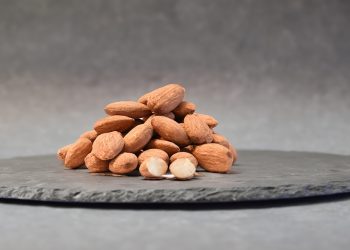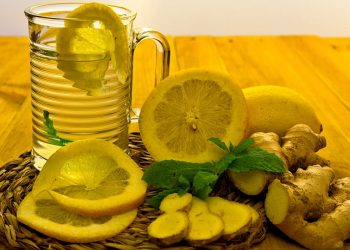Healthy cooking methods are your golden ticket to a guilt-free feast. You don’t have to sacrifice flavor or joy in your meals. Instead, you can embrace techniques that nourish your body while tantalizing your taste buds. Let’s dive into the wonderful world of healthy cooking and discover how to make every meal a celebration of health and happiness.
Contents
- Why Healthy Cooking Matters
- 1. Steaming: The Nutrient Keeper
- 2. Grilling: The Flavor Infuser
- 3. Sautéing: Quick and Flavorful
- 4. Baking: The Versatile Oven Method
- 5. Roasting: Flavorful and Simple
- 6. Blanching: A Quick Nutrient Boost
- 7. Pressure Cooking: Fast and Flavorful
- 8. Slow Cooking: Set It and Forget It
- 9. Sous Vide: Precision Cooking
- 10. Fermenting: A Gut-Friendly Option
- Bottom Line
Why Healthy Cooking Matters
Healthy cooking is all about making food choices that benefit your body and mind. It’s about transforming ingredients into nourishing meals that not only taste good but also support your overall well-being. When you cook with intention, you take control of what goes into your body. This can lead to better energy levels, improved mood, and even a more vibrant life.
The Benefits of Healthy Cooking
- Nutrient Preservation: Cooking methods like steaming and grilling help to retain essential vitamins and minerals in your food.
- Weight Management: Healthier techniques can reduce calories, helping you maintain or lose weight without feeling deprived.
- Flavor Enhancement: You can enhance the natural flavors of ingredients without drowning them in unhealthy fats or sugars.
- Mindful Eating: Preparing meals at home fosters a connection to your food, encouraging you to be more mindful and intentional in your eating habits.
Ready to transform your kitchen into a haven of health? Let’s explore 10 healthy cooking methods that will revolutionize your meals.
1. Steaming: The Nutrient Keeper
Steaming is a powerhouse method for preserving nutrients. By cooking vegetables and fish over boiling water, you maintain their vibrant colors, textures, and flavors.
Why You Should Steam:
- Retains vitamins and minerals better than boiling.
- Enhances the natural taste without adding extra fats.
- Keeps food moist and tender.
Tip: Use a bamboo steamer for an eco-friendly option that adds a slight earthy flavor to your dishes.
2. Grilling: The Flavor Infuser
Grilling isn’t just for summer barbecues; it’s a fantastic way to cook lean proteins and vegetables. The high heat creates a delicious char while allowing excess fats to drip away.
Why You Should Grill:
- Lowers fat content in meats.
- Adds a unique smoky flavor.
- Perfect for summer gatherings or cozy indoor meals.
Tip: Marinate your meats beforehand to amplify flavor without extra calories.
3. Sautéing: Quick and Flavorful
Sautéing is quick, efficient, and packed with flavor. Using a small amount of healthy oil or broth to cook your ingredients allows for a delightful caramelization.
Why You Should Sauté:
- Cooks food quickly while preserving texture.
- Allows for the incorporation of herbs and spices for extra flavor.
- Ideal for creating one-pan meals.
Tip: Use a non-stick skillet to reduce oil usage while still achieving that golden-brown effect.
4. Baking: The Versatile Oven Method
Baking isn’t just for desserts; it’s a versatile cooking method that can be used for proteins, vegetables, and even grains. By cooking with dry heat, foods develop a satisfying texture without excess fat.
Why You Should Bake:
- Retains the natural sweetness of vegetables and fruits.
- Allows for easy batch cooking.
- You can create healthy casseroles packed with nutrients.
Tip: Use parchment paper to line your baking sheets for easy cleanup and added health benefits.
5. Roasting: Flavorful and Simple
Roasting brings out the natural sweetness in your ingredients. This method is perfect for root vegetables, meats, and even fruits, creating a hearty and comforting dish.
Why You Should Roast:
- Enhances flavors through caramelization.
- Requires minimal effort; just season, toss, and let the oven do its magic.
- Great for meal prep—make a big batch for the week ahead.
Tip: Toss your veggies in a little olive oil and your favorite herbs before roasting for an explosion of flavor.
6. Blanching: A Quick Nutrient Boost
Blanching is a quick cooking method that involves boiling food briefly and then plunging it into ice water. This technique preserves the bright colors and crisp textures of vegetables.
Why You Should Blanch:
- Maintains nutrients while softening food for easier digestion.
- Prepares vegetables for freezing without losing quality.
- Great for adding to salads or stir-fries.
Tip: Blanching asparagus for two minutes before an ice bath keeps it vibrant and crunchy.
7. Pressure Cooking: Fast and Flavorful
Pressure cooking is a game-changer for those with busy lives. It allows you to cook meals quickly while sealing in flavors and nutrients.
Why You Should Pressure Cook:
- Cuts cooking time significantly.
- Retains moisture and flavors better than traditional methods.
- Ideal for hearty meals like stews and soups.
Tip: Invest in a good quality pressure cooker for consistent results and safety features.
8. Slow Cooking: Set It and Forget It
Slow cooking is perfect for busy days when you want a delicious, home-cooked meal waiting for you. This method allows flavors to meld beautifully over several hours.
Why You Should Slow Cook:
- Tenderizes tough cuts of meat, making them melt-in-your-mouth delicious.
- Great for meal prep—make a big batch for easy lunches and dinners.
- Allows you to use cheaper cuts of meat, making it budget-friendly.
Tip: Layer your ingredients starting with the ones that take longer to cook at the bottom, like root vegetables.
9. Sous Vide: Precision Cooking
Sous vide is a trendy technique that involves vacuum-sealing food and cooking it in a water bath at a precise temperature. It might sound fancy, but it’s one of the simplest ways to ensure your food is cooked perfectly every time.
Why You Should Try Sous Vide:
- Retains moisture and flavor exceptionally well.
- Ideal for cooking proteins to your desired doneness without overcooking.
- Enables you to infuse flavors directly into the food.
Tip: Invest in a good sous vide machine—it’s worth it for the delicious results!
10. Fermenting: A Gut-Friendly Option
Fermenting may not be a cooking method in the traditional sense, but it’s a fun and healthy way to prepare food. This process promotes beneficial bacteria in your gut, enhancing digestion.
Why You Should Ferment:
- Improves gut health and boosts immunity.
- Adds unique flavors and textures to dishes.
- Can be a fun DIY project to engage with your food.
Tip: Start simple with sauerkraut or yogurt, and explore more complex ferments as you get comfortable.
Bottom Line
Healthy cooking methods are your allies in the quest for vibrant health. With these 10 healthy cooking methods, you can create meals that satisfy your cravings while nourishing your body. Embrace these techniques, and watch your food transform into a celebration of flavor and health.
So, what are you waiting for? Get into that kitchen and make your next meal a guilt-free feast!
FAQ
What is the healthiest cooking method?
Steaming is often considered the healthiest because it preserves nutrients without added fats.
Can healthy cooking methods be flavorful?
Absolutely! Techniques like grilling and sautéing can enhance flavors without unhealthy additives.
How can I incorporate these methods into my routine?
Start by choosing one or two methods to focus on each week. Experiment with different recipes and ingredients to keep things exciting!
Take the plunge into healthy cooking today. Your body will thank you for it!
Get Your FREE Natural Health Guide!
Subscribe now and receive our exclusive ebook packed with natural health tips, practical wellness advice, and easy lifestyle changes — delivered straight to your inbox.

